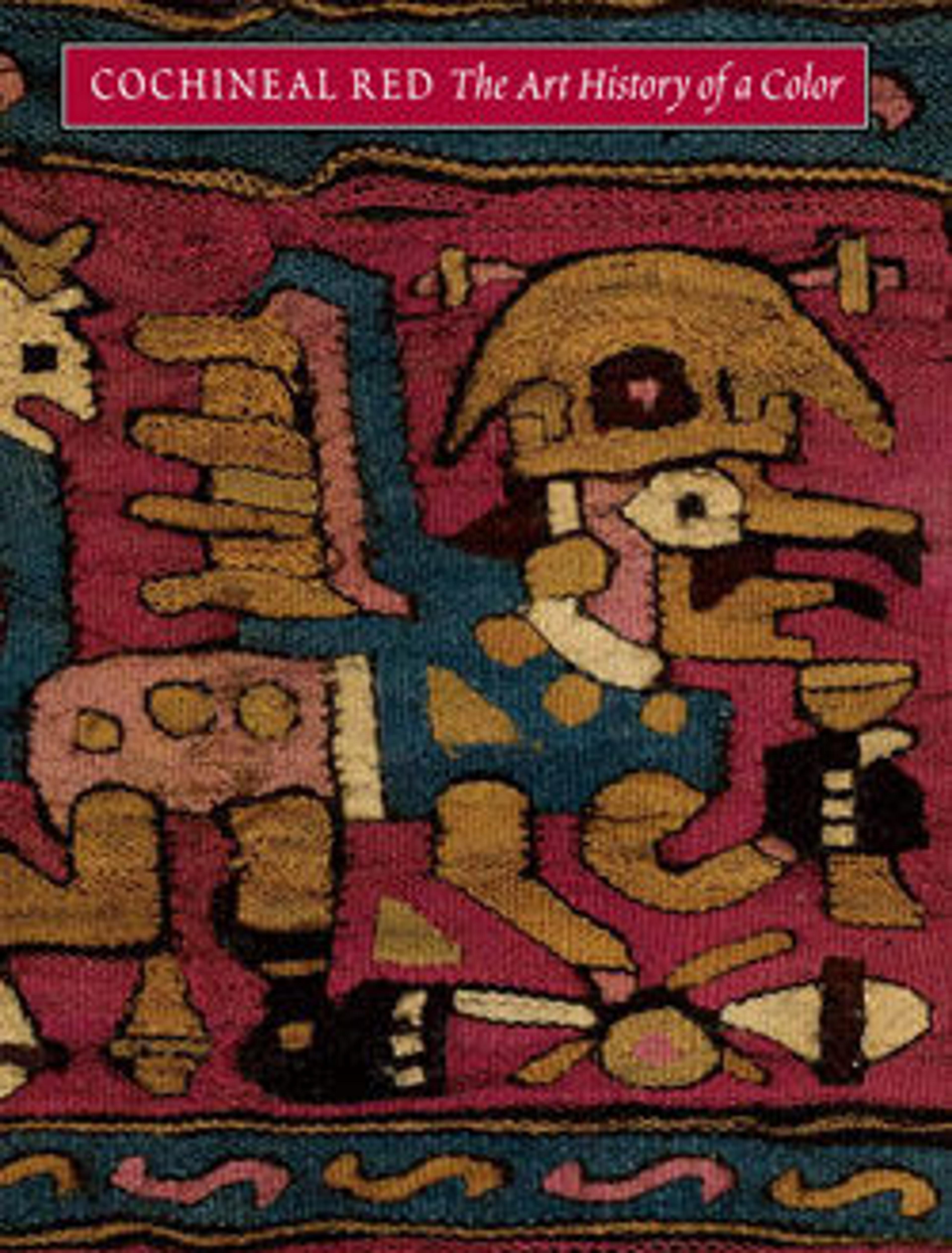Shirt
The production of cloth was highly developed in ancient Peru. Textile garments conveyed important social, political, and religious messages depending on the materials and the imagery elaborating them. Andean weavers were full-time specialists. They worked in a wide range of techniques, including twining, knotting, plaiting, and weaving. This shirt is woven in tapestry weave, a technique in which the wefts are so tightly packed that they completely cover the warps. Tapestry was considered a high-prestige cloth in ancient Peru as elsewhere in the world.
The sleeved shirt features eight boldly rendered figures on each face of the tunic. One figure each appears on the front and back of the sleeves. All have wide open, staring eyes and toothy mouths. Some figures appear catlike, with pointed ears and tails, while the others seem more human, wearing crescent-shaped headdresses. The unusually long tail of one "cat" seems to wrap around the neck of the seated figure below it. The abstraction of the figures and their alternating shades of red and brown on natural off-white account for the striking visual impact of the design.
The sleeved shirt features eight boldly rendered figures on each face of the tunic. One figure each appears on the front and back of the sleeves. All have wide open, staring eyes and toothy mouths. Some figures appear catlike, with pointed ears and tails, while the others seem more human, wearing crescent-shaped headdresses. The unusually long tail of one "cat" seems to wrap around the neck of the seated figure below it. The abstraction of the figures and their alternating shades of red and brown on natural off-white account for the striking visual impact of the design.
Artwork Details
- Title:Shirt
- Date:1450–1550
- Geography:Peru
- Culture:Chimú
- Medium:Camelid fiber, cotton
- Dimensions:H. 23 1/2 × W. 44 1/2 in. (59.7 × 113 cm)
- Classification:Textiles-Woven
- Credit Line:The Michael C. Rockefeller Memorial Collection, Bequest of Nelson A. Rockefeller, 1979
- Object Number:1979.206.588
- Curatorial Department: The Michael C. Rockefeller Wing
More Artwork
Research Resources
The Met provides unparalleled resources for research and welcomes an international community of students and scholars. The Met's Open Access API is where creators and researchers can connect to the The Met collection. Open Access data and public domain images are available for unrestricted commercial and noncommercial use without permission or fee.
To request images under copyright and other restrictions, please use this Image Request form.
Feedback
We continue to research and examine historical and cultural context for objects in The Met collection. If you have comments or questions about this object record, please contact us using the form below. The Museum looks forward to receiving your comments.
